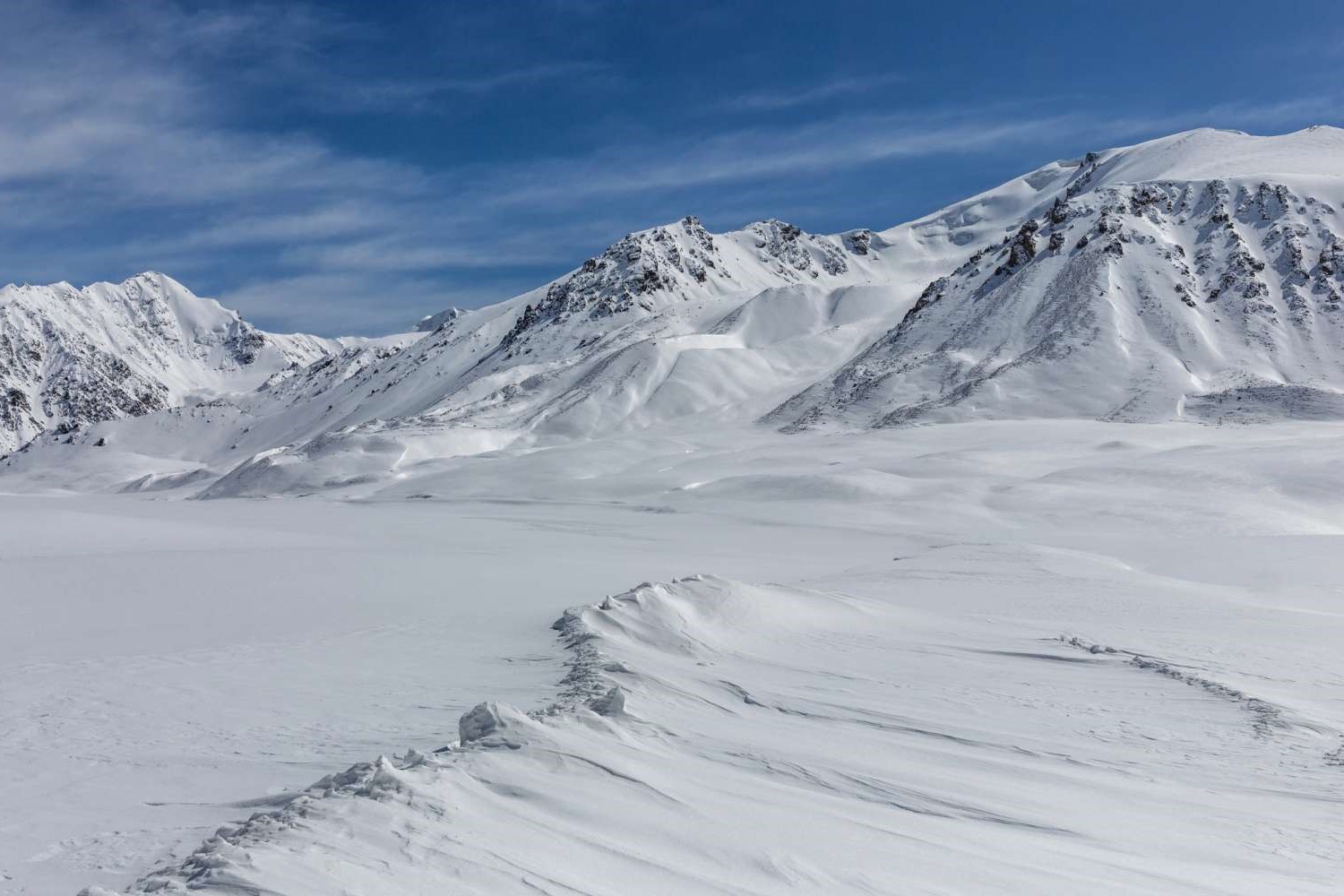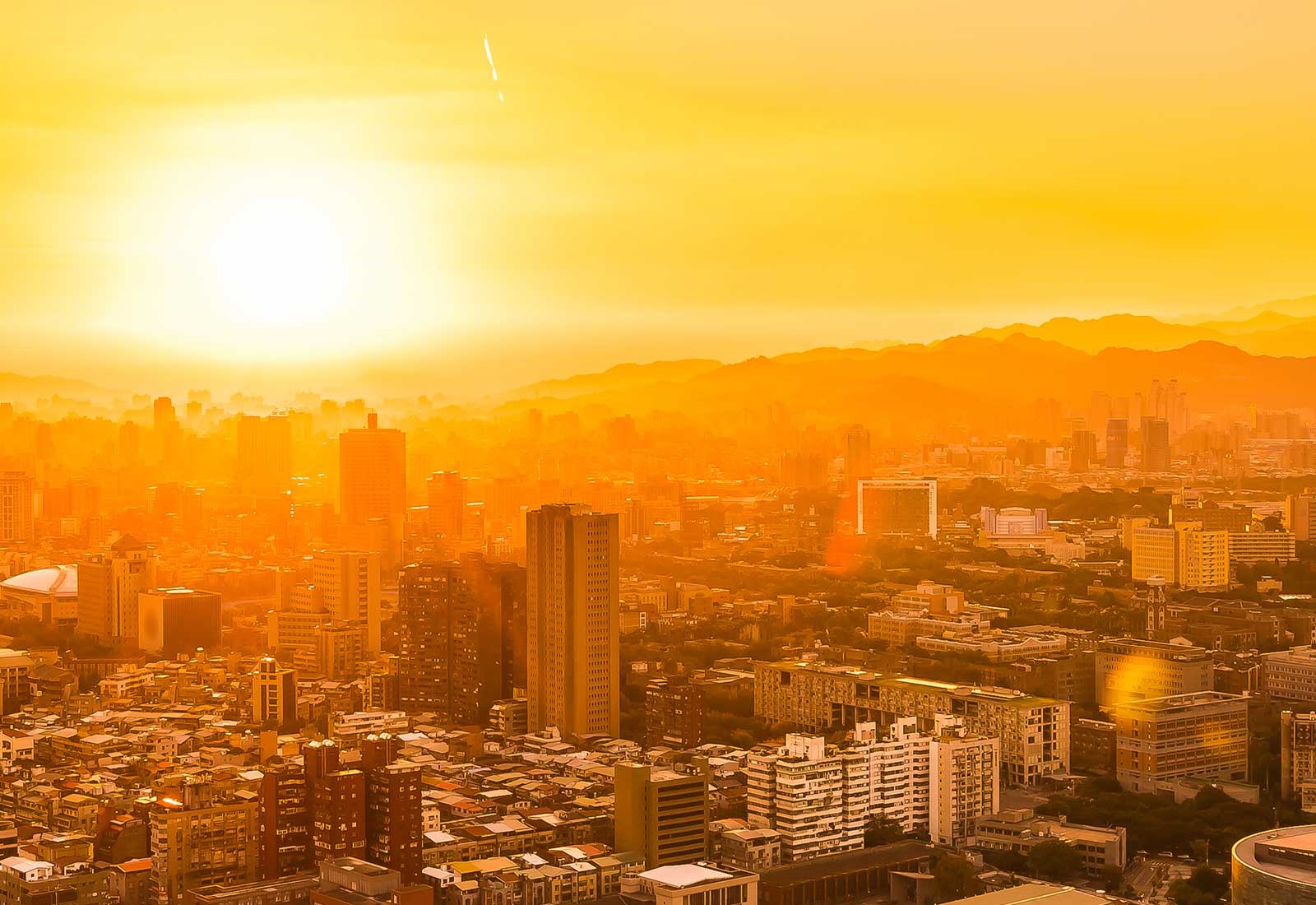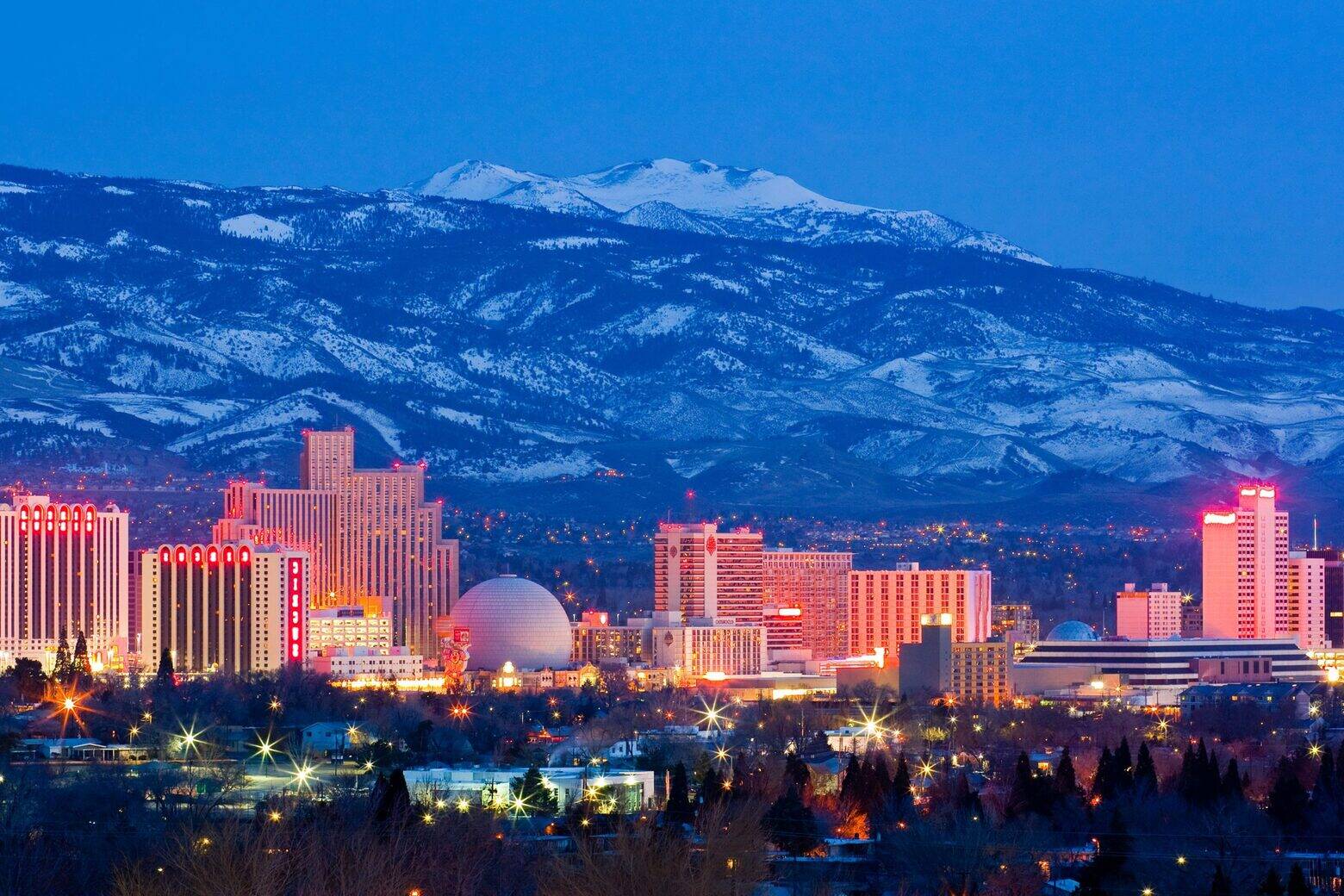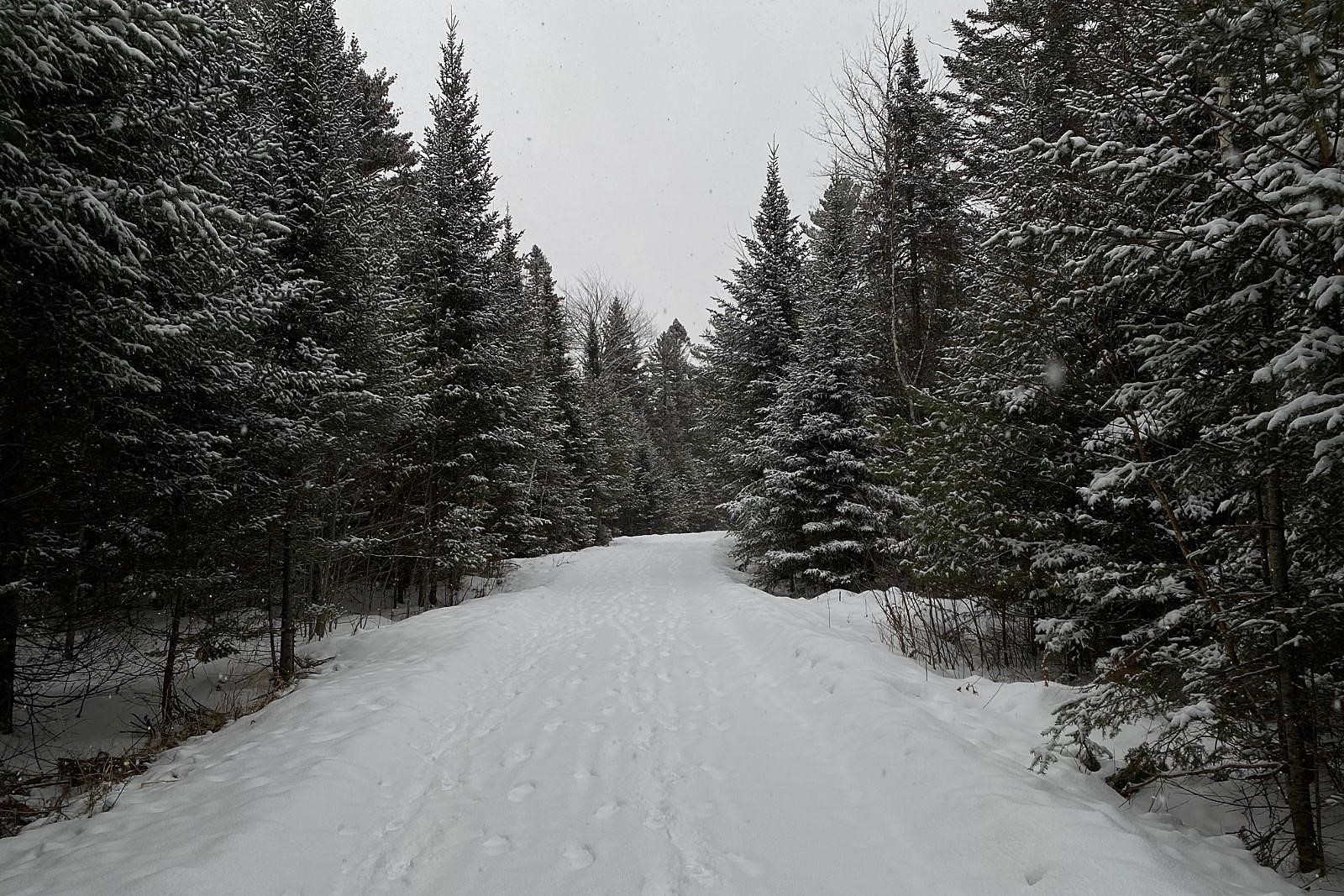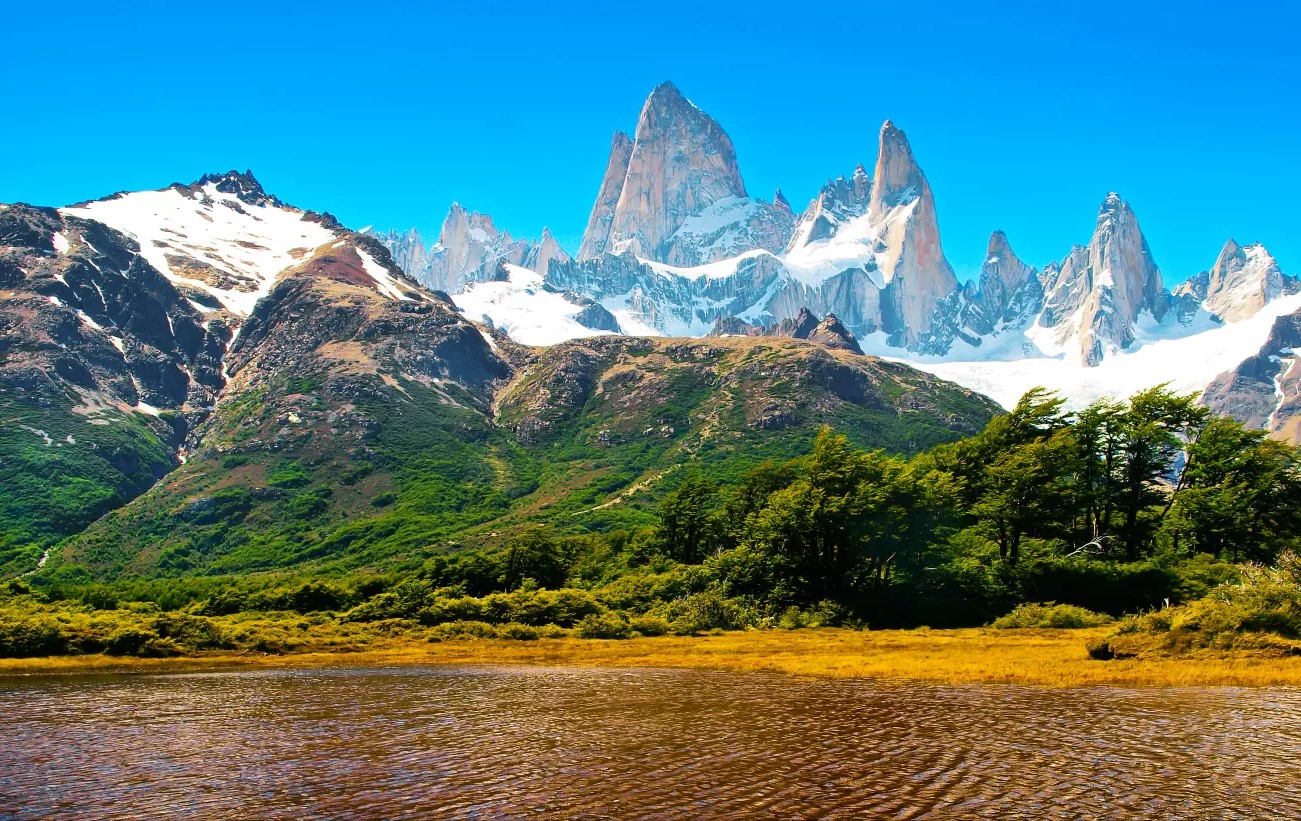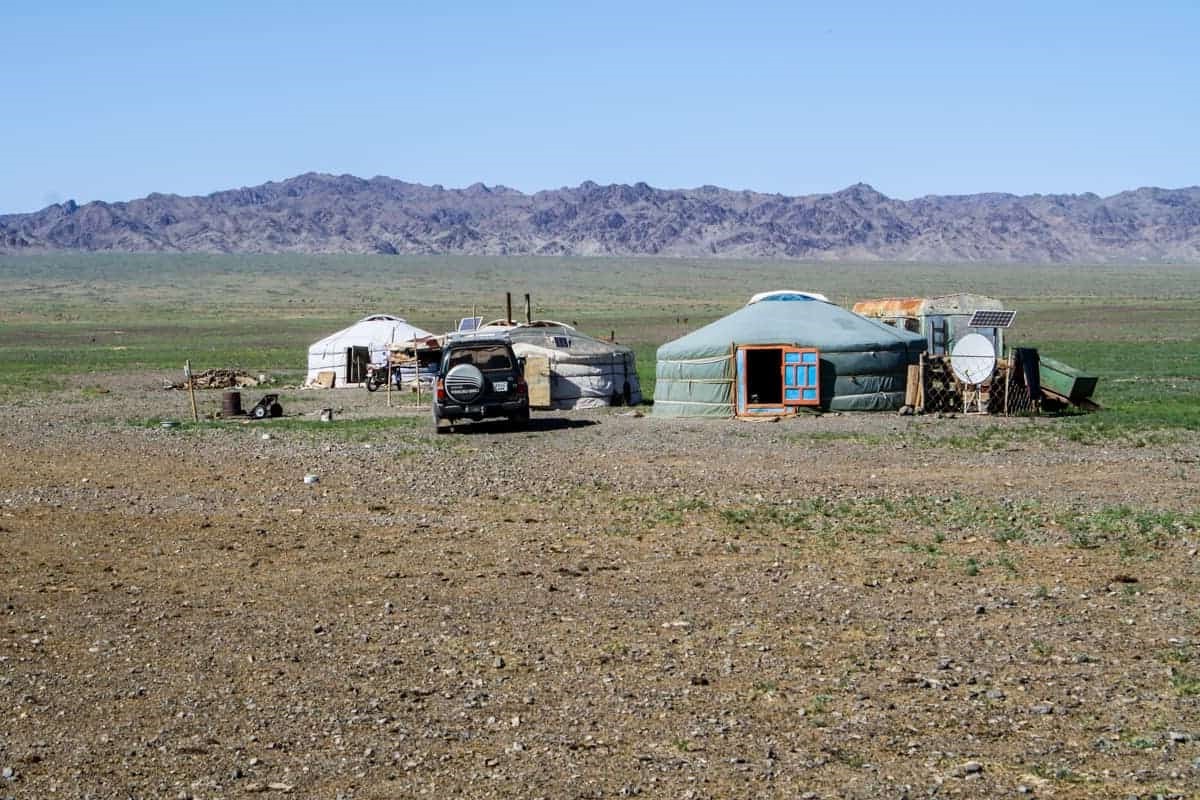Home>Weather and Climate>How Elevation Influences Climate Patterns
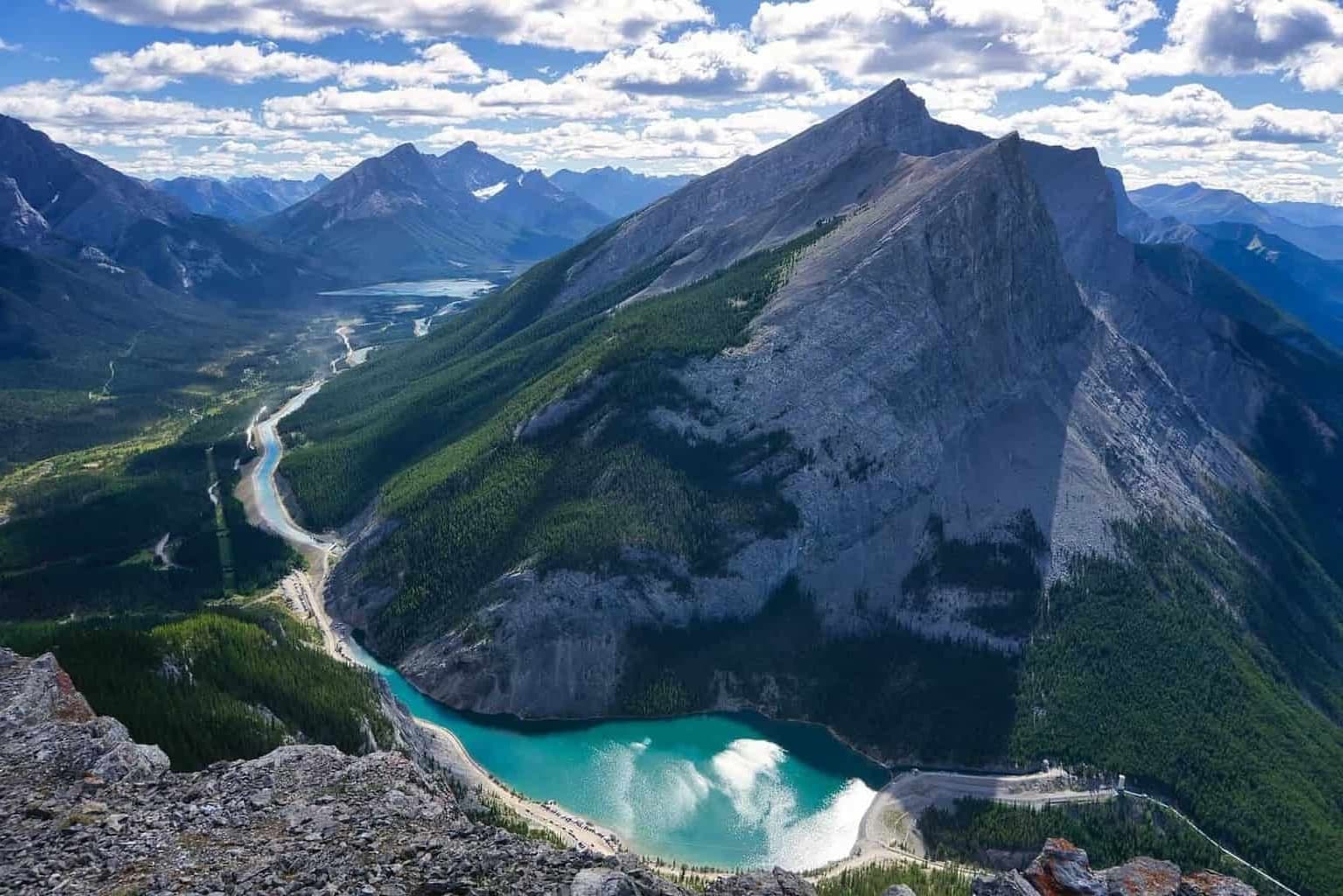

Weather and Climate
How Elevation Influences Climate Patterns
Published: June 6, 2024
Explore how elevation influences weather and climate patterns, and learn about the significant impact it has on local and regional climates.
(Many of the links in this article redirect to a specific reviewed product. Your purchase of these products through affiliate links helps to generate commission for Temperatures.com, at no extra cost. Learn more)
So, let's dive straight into how elevation messes with climate. Higher up you go, cooler things get. That's not just a saying; it's science. For every 1,000 meters you climb, expect temperatures to drop by about 6.5°C. This phenomenon, known as the ##lapse rate##, is why mountaintops can be snow-capped while valleys below bask in warmth.
But elevation doesn't just chill the air; it shapes precipitation patterns too. Mountains act like giant obstacles for moist air masses, forcing them upward. As air rises, it cools, condenses, and voilà, you've got rain or snow. This process, called ##orographic lift##, creates wet climates on windward slopes and dry shadows on the leeward side. Ever heard of rain shadows? That's them.
Living at high altitudes also means dealing with thinner air, which holds less moisture. This makes for clearer skies but also more intense sunlight and UV radiation. So, while you might enjoy more sunny days, don't skimp on sunscreen.
In essence, elevation plays a massive role in determining local climates. From temperature drops and precipitation patterns to sun exposure, life high above sea level is a unique blend of challenges and beauty.



